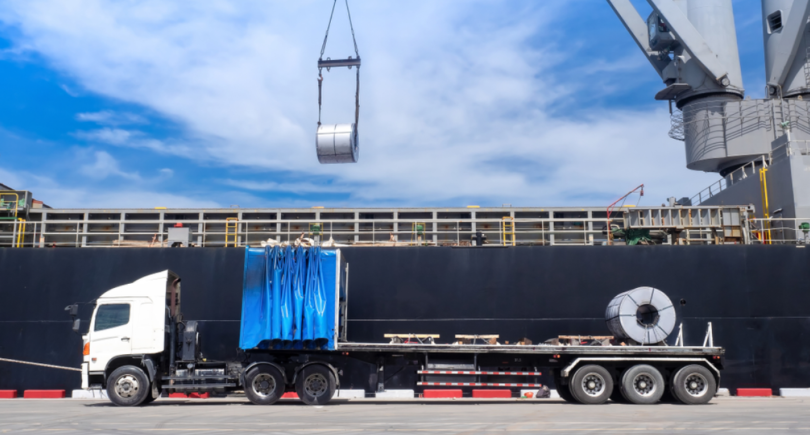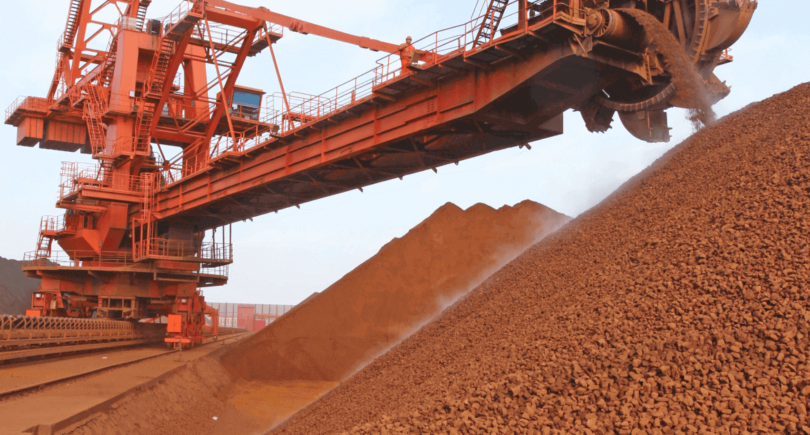
News Global Market CBAM 2126 20 September 2024
Leaders from the sector, in particular, talk about the difficulty of predicting the operation of the mechanism
The Carbon Border Adjustment Mechanism (CBAM) in its current form is not beneficial to the European stainless steel industry. This opinion was expressed by the heads of EU companies at a specialized conference in Rome, S&P Global reports.
According to Antonio Marcegaglia, CEO of Italy’s Marcegaglia, CBAM is a bad tool, the mechanism is not conceived correctly, it is almost impossible to apply, it is limited to the first phase of the production cycle (Scope 1) and will not work.
“I do believe it has been used so far as an idea of increasing protectionism rather than balancing efforts as it was originally conceived,” he said.
Dimitri Menecali, CEO of Italy’s Arvedi AST, believes that CBAM should be expanded to include Scope 3 emissions, otherwise the mechanism will be useless. However, it is complicated, and complexity means inapplicability and circumvention.
The CEO Group noted that producers in Asia have a relatively low share of stainless steel scrap in the raw material mix due to supply constraints. This leads to a high use of carbon nickel pig iron (NPI).
“If our stainless steel industry were based on scrap alone, we would be producing less than 30 million tons of smelting per year [globally], whereas we are now reaching about 60 million tons,” said Marcus Moll, CEO of analyst firm SMR.
He noted that although China’s renewable energy investments are significantly higher than those in Europe, the impact of the high level of NPI utilization on the carbon footprint of Asian stainless steel producers is exceptional.
Aperam CEO Timoteo Di Maulo, in turn, points out that it is impossible to produce stainless steel in Asia solely from scrap. The region is making efforts to decarbonize, but they are not enough and are not identical to those required by the European Commission. He added that if there is no level playing field, the European industry will disappear. CBAM is an experiment, and no one knows how it will work.
“We need to have something more global in the value chain, including for finished products,” Di Maulo said.
Bernardo Velazquez, CEO of Acerinox, Spain, also noted that the cross-border carbon adjustment mechanism is an experiment that began because Europe did not want to go against WTO rules and go through internal disputes over tax standardization, which is CBAM.
“The CBAM may be able to protect the [domestic] European stainless steel industry, but we will not be able to export stainless steel from Europe,” he added.
According to the European Steel Association, European stainless steel exports have fallen sharply over the past decade, from more than 1.8 million tons in 2012 to just 846.4 thousand tons in 2023.
EU companies are preparing for the full implementation of CBAM in 2026. Businesses are studying the specifics of the mechanism and accelerating their decarbonization efforts.




